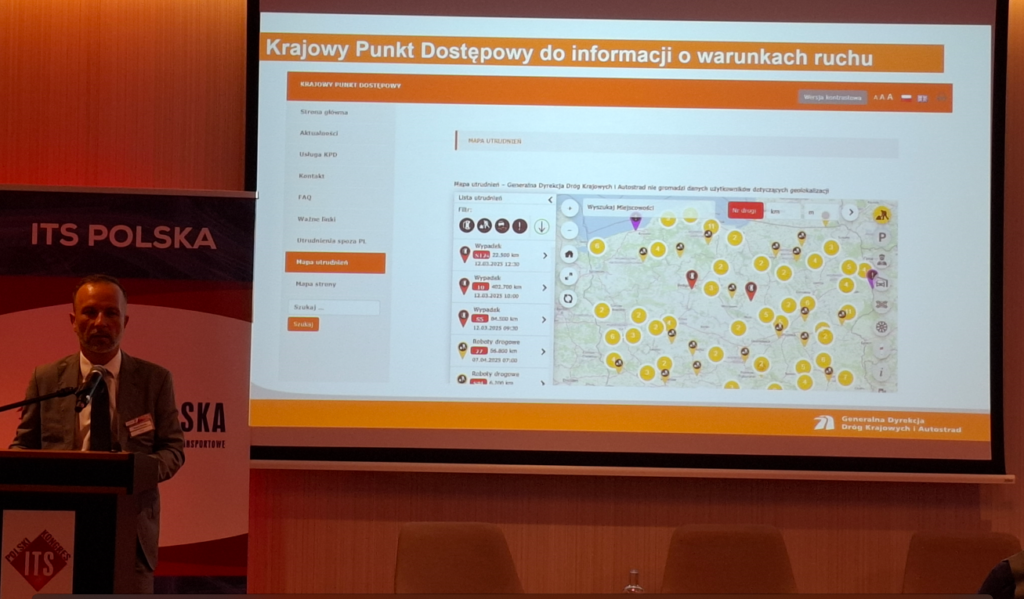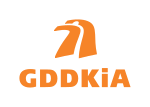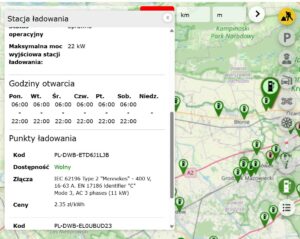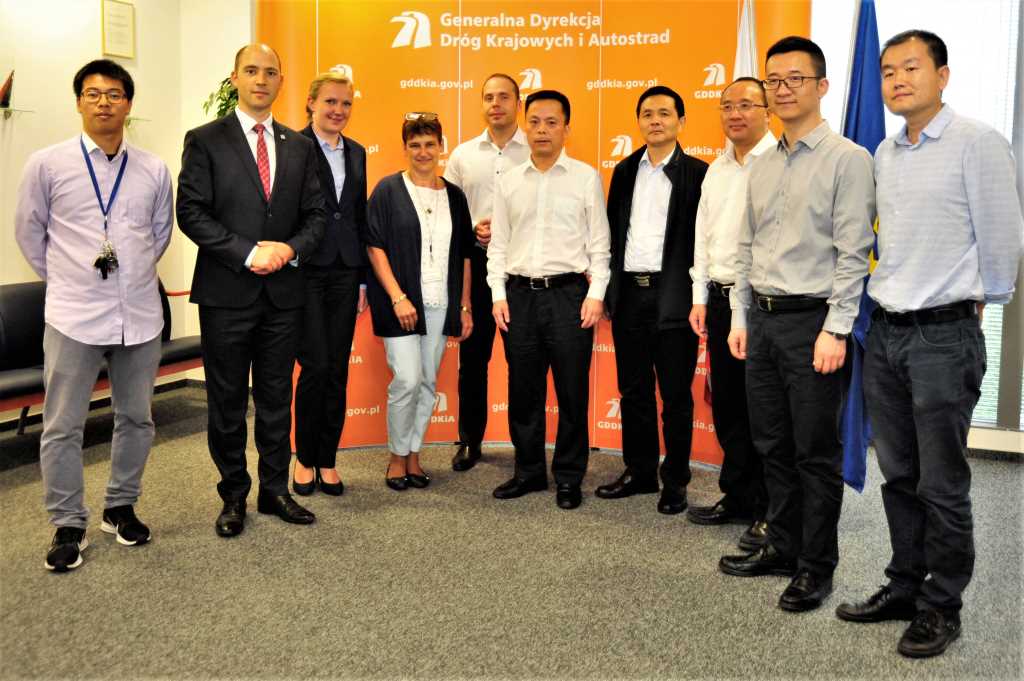During the last Polish ITS Congress (6–7 October 2025), particular attention was paid to the role of the National Access Point (KPD) as a key element in the road information management system in Poland. The General Directorate for National Roads and Motorways emphasised that the KPD is a central platform enabling the collection, sharing and exchange of road data in a standardised and interoperable manner, in accordance with EU requirements.
GDDKiA encourages road administrators – in particular provincial, district and municipal road administrators – to integrate with KPD. Full integration of various road data sources significantly increases the efficiency of traffic management and improves the safety and comfort of road users.
- Better data availability – data provided by the KPD is available to a wide range of stakeholders, including emergency services, ITS operators, navigation applications and citizens.
- Standardisation and interoperability – integration with KPD means compliance with European standards (e.g. DATEX II), which facilitates international cooperation.
- Support in traffic management – the ongoing exchange of information about obstructions, repairs or road conditions allows for faster response and better planning of activities.
- Increased road safety – access to up-to-date data enables more effective communication of hazards to drivers and services.
- Increased transparency and public trust – open road data supports the development of innovative services and applications for citizens.







